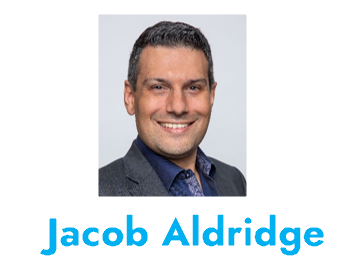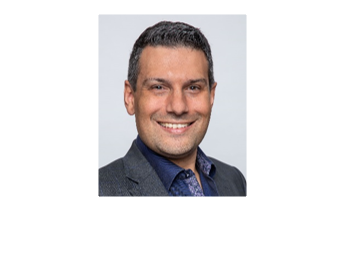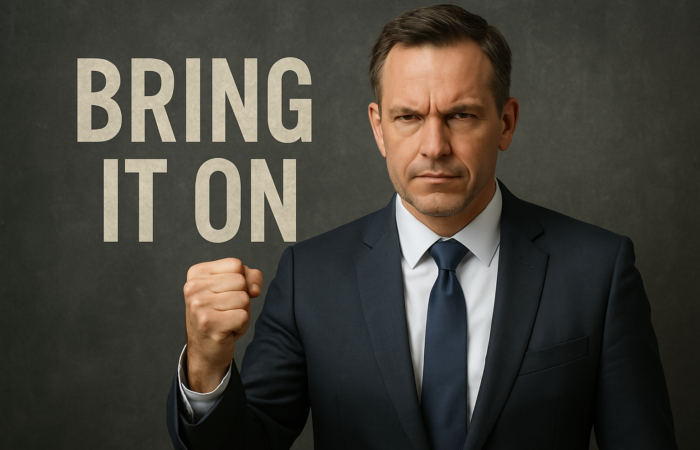How, exactly, does a coaching conversation create change? In Blackboard Fridays Episode 109, Jacob talks about Leadership. Need this implemented into your business? Talk to the international business advisor who can do exactly that – Contact Jacob, Learn More, or Subscribe for Updates.
We’ve talked before about how coaching is a necessary skill for today’s business leaders. Beyond “asking the right questions” though, what does a coaching conversation really look and feel like – and how does it actually create change in the subject?
In Episode 54 we discussed Think Feel Know, as a simple framework for understanding the three ways we all make decisions.
This week, I will walk you through an actual coaching conversation – how they start in a Thinking space, and how you as the coach have responsibility (and the power) to shift into Feelings … and from there, into the deep-rooted Intuition from where so many of our strongest beliefs take hold.
You will see that a great coaching conversation doesn’t engage the subject’s power of deduction to help them rationalise why a change is necessary. Instead, it goes to their core to help them identify – and perhaps shift – the fundamental context that is causing the undesired actions or outcomes.
Hopefully, you can also appreciate the privilege that is coaching someone to this depth, and the skill that comes from much practice. Watch this week’s episode here.
Who is Jacob Aldridge, Business Coach?
“The smart and quirky advisor who gets sh!t done in business.” Back independent since 2019.
Since April 2006, I’ve been an international business advisor providing bespoke solutions for privately-owned businesses with 12-96 employees.
At this stage you have proven your business model, but you’re struggling to turn aspirations into day-to-day reality. You are still responsible for all 28 areas of your business, but you don’t have the time or budget to hire 28 different experts.
You need 1 person you can trust who can show you how everything in your business is connected, and which areas to prioritise first.
That’s me.
Learn more here. Or Let’s chat.
Blackboard Fridays Episode #109 – Effecting Change Through a Coaching Conversation
So, we’ve already established that I’m a business coach who doesn’t believe in business coaching, and if you watched episode 16 where I talked through the five advisory disciplines, you realize that what I mean by that is that every discipline, every approach has a right place and that business coaching is not the best, the be-all and end-all that many business coaches put it out to be. You cannot coach a small business owner to a tax solution, you need a consultant, you need an advisor.
Coaching in Context
Now, coaching does have a place, and in fact, I do believe that it is a necessary skill from the modern business leader. That’s why there’s a number of Blackboard Fridays episodes that we’ve created to help transfer some coaching skills that you can use with your team and in your business.
In particular, today, we’re going to talk about how coaching is most effective at shifting the context or changing the belief of a team member. Here is the process. You may recognize these colors from episode 54 where we talked about thinking in blue, feeling in red, and knowing in green.
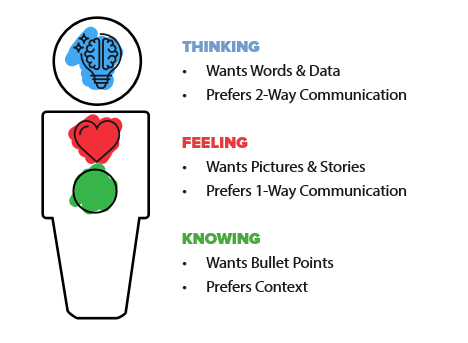
That green, that knowing, that gut feel intuition, that is where our deepest beliefs and choices sit. Great coaching and great coaches can take the client, the team member from up in their head thinking all the way down to that point where they acknowledge the choices that they’ve made in their past, and they choose again. Your skill is listening for the emotional triggers.
Listening for Feelings
A great way that I remember that, you know if you’ve got a topic of conversation you want to have with a team member, and you just ask them what are all of the things that they want to discuss around that, and they’re going to start that conversation usually in a thinking space, they’re going to rattle off a whole lot of detail and your job is to sift through boring, boring, boring, boring, feeling, boring, boring, feeling.
You’re listening for, your feeling for those feelings because coaching is something to do with the whole body. They’re the gateway down into the context of the decision that needs to shift for that individual to get the change that they want.

So when you hear those feelings, you hear those topics that have the energy behind them, ask follow-up questions around those. Can you tell me more about that? What’s going on in that space for you?
Open questions to get them talking and be open. Questions get them down into a feeling space and you’ll know they’re down in a feeling space. Their voice will slow, the tone will often drop, and they’ll start sharing more emotional, or emotionally charged words.
Again, sometimes you have to go through a few layers of those to listen for the parts of that story that they’ve made up which have the most energy behind it. Keep digging, keep asking, keep working the conversation down. You need to have permission from an individual to be a great coach. If you don’t genuinely have the permission, then at some point they will resist and they will seek to pull you back up here to the thinking space.
Importantly for you you, need to have trust in yourself that you can go down into this feeling space without causing any damage and without leaving that client or that team member in a vulnerable space. If you don’t have the confidence that you can do that, then naturally or smartly on your behalf, you will also look to pull them back up and hopefully you know your team well and you’ve got practice in.
You will uncover that key belief, that key choice that this person has made in the past which is no longer serving them. Identify that, name it and call it out. Go, “Okay, that is the belief that we need to change. That’s the context that we need to shift.” What do we need to shift that to? What’s the new context, the new belief that this individual needs to choose to make?
Acknowledgment, Choice, Action
It’s a three step process that they’re really going through. Acknowledge what is so. Acknowledge the choice that they’ve made in the past without judgment. As we talked about in Episode 81, that acknowledgement, that emotional recognition piece is often the missing step in a personal change process, and we want to laden it with judgment.
That thing that we’ve been doing since we were a kid that doesn’t suit us now. We want to beat ourselves up about it but that is not helpful. You need to flip the coin on that judgment.
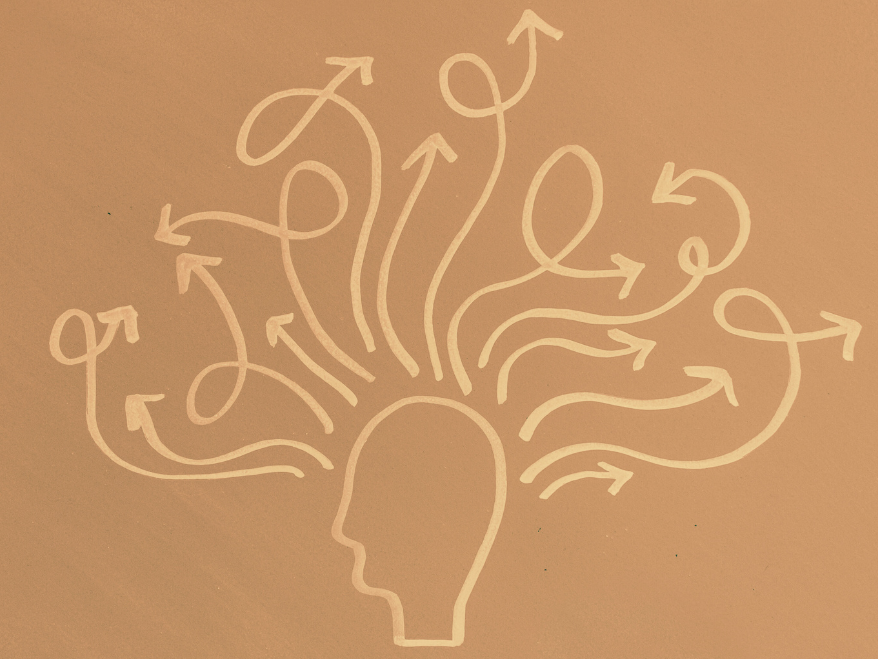
Thank yourself, thank you prior self for making a decision that serves you then, even if you’re going to make a different decision now. Otherwise, you’re going to resist the change and get stuck there.
So acknowledge what is so, make a different choice, and then based on that new choice, that new context, act as if that has always been the case. So what does somebody who lives that belief do differently? And it may take time for that belief to truly embed.
You as a leader it may need to have this conversation, even on the same topic, a number of times before an individual truly shifts. But if you can hold this framework in your head when you’re doing it, and recognize that it’s not about just a whole lot of questions, and a whole lot of conversation back and forth. It is uncovering those deep decisions and helping that other person to make a different choice.
Next Steps
Want to learn more about how this can apply to your business? It costs nothing to chat:
- Email me jacob@jacobaldridge.com (I read them all)
- Call, Text, or WhatsApp me +61 427 151 181
- Or just Subscribe https://jacobaldridge.com/about/subscribe-to-jacob-aldridge-com/ to stay in touch
